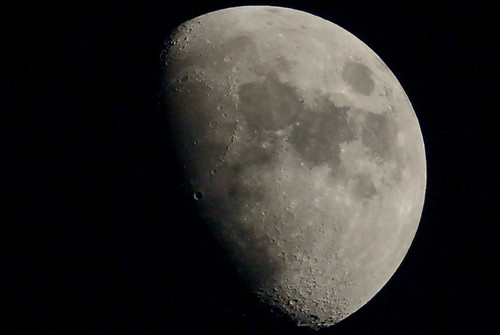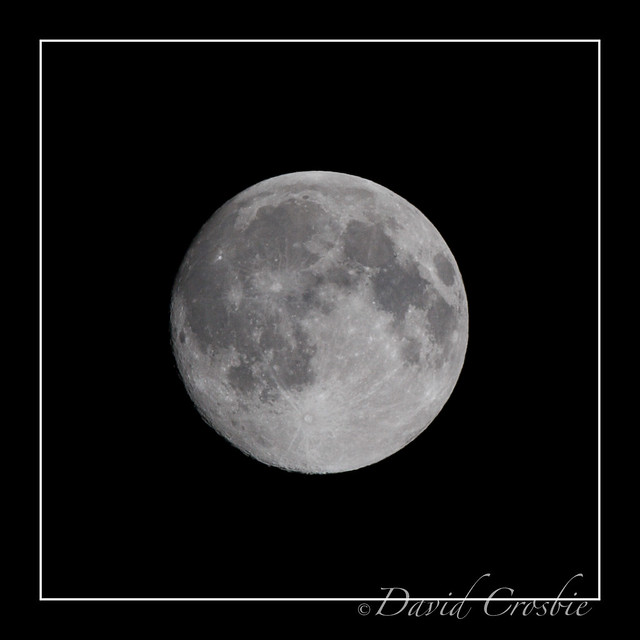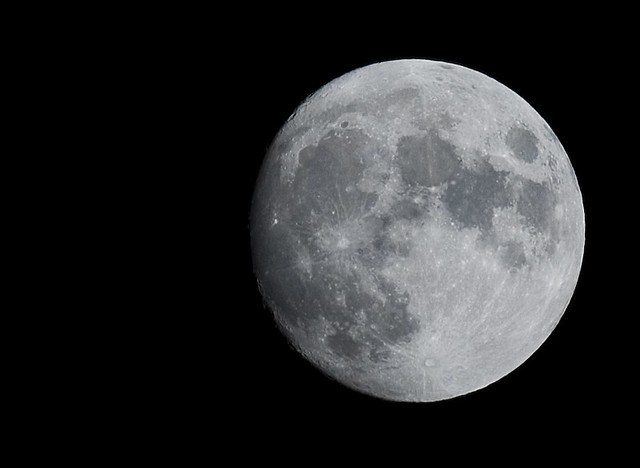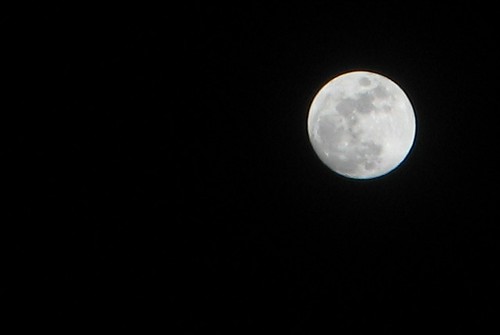Hi helpful people, now i know there are a few camera fans on here judging by the pics on sotd of which i have been impressed with.
What i would love to do, is be able to take a pic of the moon. Not just any old pic but a good one. I have a Canon 500D complete with a 18-55mm lens and a Tamron 70-300mm lens.......Oh and a tripod.
So do i need anything else, what settings should my camera be on or am i using the wrong equipment?
Any tips or can you recommend a decent lens?
Lots of questions i know for a shaving forum but i know you won't let me down. :lol:
What i would love to do, is be able to take a pic of the moon. Not just any old pic but a good one. I have a Canon 500D complete with a 18-55mm lens and a Tamron 70-300mm lens.......Oh and a tripod.
So do i need anything else, what settings should my camera be on or am i using the wrong equipment?
Any tips or can you recommend a decent lens?
Lots of questions i know for a shaving forum but i know you won't let me down. :lol:





